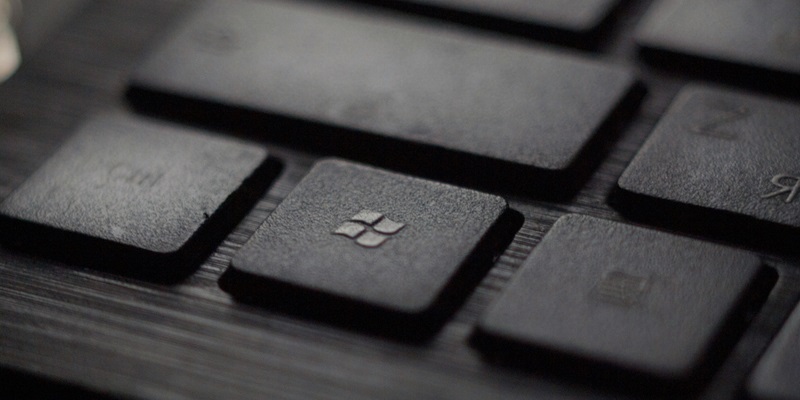Encountering a black screen when using Windows 11’s Remote Desktop Protocol can halt productivity, urging immediate solutions. This dilemma requires a structured approach to resolve, as the root causes range from minor driver issues to complex network inconsistencies. Instead of a haphazard fix, adopt a step-by-step method to tackle the black screen issue and ensure a seamless remote desktop experience.
Should this happen, your initial step might involve checking the RDP client’s settings to ensure they’re correct. Next, investigate network connectivity, as RDP depends on a stable connection. If the connection is sound, consider driver updates or rollbacks, particularly for the graphics driver, which can often be a culprit in display-related problems. Additionally, ensuring that both the local and remote machines have the latest Windows updates can avert compatibility issues that might lead to a black screen.
If the issue persists, one could delve into more technical resolutions, like modifying registry values or disabling certain services via the Group Policy Editor—each maneuver requiring caution due to potential system impacts. By applying these strategic steps carefully, you can often rectify black screen issues in RDP sessions on Windows 11, thus maintaining an uninterrupted workflow.
Review System Updates and Drivers
One of the most prevalent triggers for RDP black screens is the aftermath of system updates. Windows updates, designed to optimize and secure your operating system, can occasionally throw a wrench in remote desktop services, leading to black screens. When addressing this, ensure that all systems participate in the latest patches and updates – a measure that should be standard practice. Equally, tread carefully, as new updates can also be the source of disruptions. Vet them carefully in a staging environment before allowing them to seep into your main workflow.
Yet, not all culprits are so overt. Underlying graphics drivers, too, silently play a pivotal role in RDP sessions. Outdated drivers or those having known conflicts should be updated with the latest patches provided by manufacturers like Nvidia or AMD. As these vendors actively work on resolutions, keeping a vigilant eye on forums and update logs can be beneficial. Though be cautious – these new drivers, much like system updates, should undergo extensive testing to prevent additional chaos in live production environments.
Examine Network Stability and Profile Configurations
Addressing RDP black screen issues involves several key considerations. Firstly, network stability is essential, with wired connections preferred over Wi-Fi. Users should assess network strength via online tests, and administrators ought to monitor connectivity.
Handling updates, drivers, and network and profile configurations carefully is crucial for IT administrators to prevent and swiftly resolve black screen issues. Regular maintenance and a cautious approach to updates will turn the notorious RDP black screen into a minor hiccup, ensuring smoother operations and less downtime for users.

